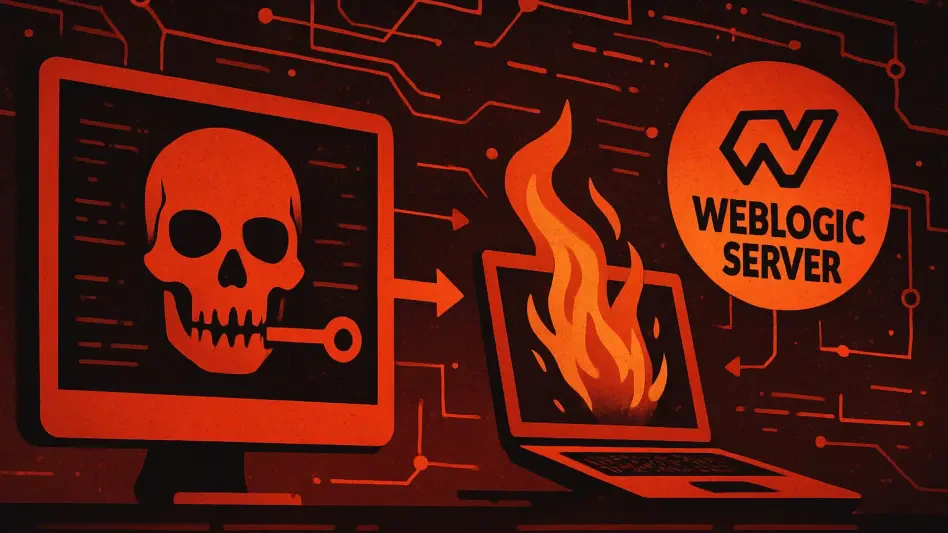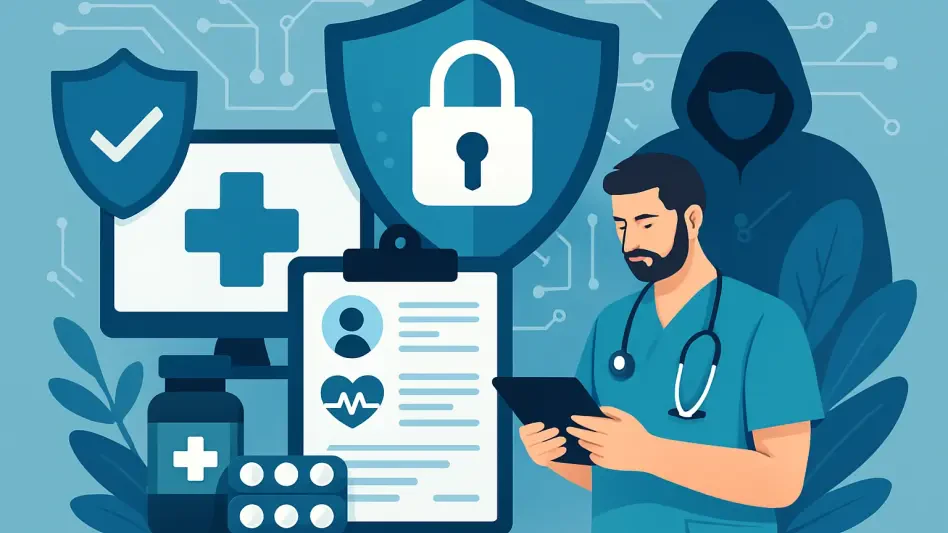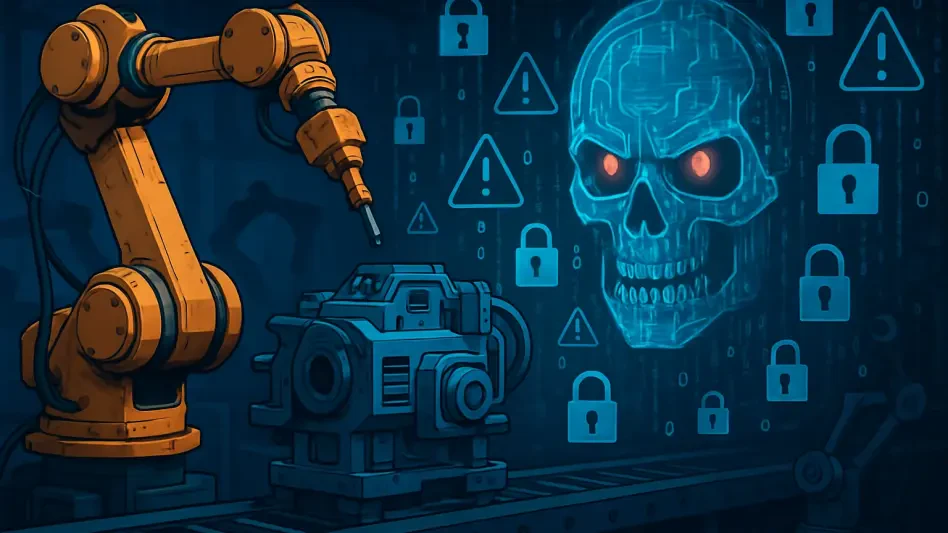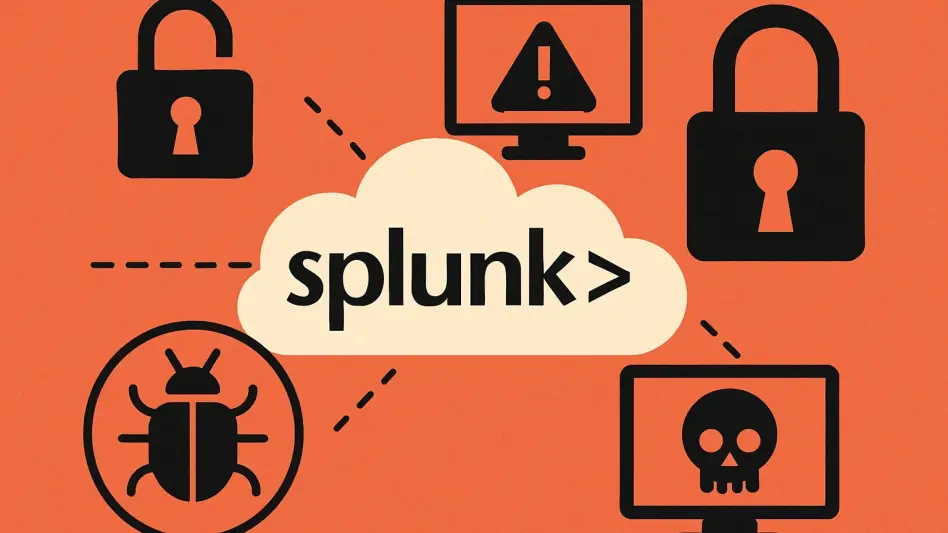In a startling development, the latest Gcore report reveals a massive 56% year-over-year increase in Distributed Denial of Service (DDoS) attacks during the latter half of 2024 compared to the same period in 2023, reflecting not just a surge in frequency but also a significant escalation in the sophistication of these attacks. This growing threat emphasizes the crucial need for robust and adaptive DDoS mitigation strategies, as attackers continue to evolve their tactics to outpace traditional defense mechanisms. The report set new records, with the largest attack peaking at an unprecedented 2 terabits per second (Tbps), underscoring the scale of the challenge faced by many organizations.
The analysis paints a dire picture of the current cybersecurity landscape, highlighting the critical implications for sectors both known and emerging as prime targets for these devastating attacks. The financial services sector, in particular, has seen a staggering 117% increase in DDoS activity, signaling a shift in the focus of attackers towards industries that handle sensitive data and have stringent operational requirements. While the gaming industry remains a primary target, its share of total attacks has seen a decline, suggesting that attackers are diversifying their focus and adapting to various sectors’ vulnerabilities and lucrative potential.
Surge in DDoS Attack Volume and Sophistication
The significant increase in the volume and sophistication of DDoS attacks observed in the latest report is a clear indicator of the escalating threat landscape. With a notable 17% growth in the total number of attacks and peaks reaching new highs, including an attack that measured a staggering 2 Tbps, it is evident that cyber threats are becoming more intense and sophisticated. This surge underscores the need for organizations to enhance their cyber defenses and adopt more advanced protection mechanisms to safeguard their digital assets effectively.
The increasing complexity of these attacks highlights a concerning trend where traditional defense mechanisms are no longer sufficient. Attackers are employing more sophisticated strategies, making it increasingly difficult for conventional security measures to keep pace. The data suggests that the evolution of these malicious tactics necessitates a shift towards more adaptive and proactive defense strategies. Organizations must invest in advanced cybersecurity solutions to stay ahead of these ever-evolving threats and ensure the resilience of their operations against such disruptive forces.
Sector-Specific Vulnerabilities
One of the most alarming findings from the Gcore report is the dramatic rise in attacks targeting specific sectors, notably financial services. This sector experienced a 117% increase in DDoS incidents, reflecting its growing susceptibility to cyber threats. The surge in attacks within this sector can be attributed to several factors, including stringent regulations, the critical nature of online financial services, and the lure of ransom-based attacks. The increased targeting of financial institutions underscores the urgent need for these organizations to bolster their security measures and implement advanced protocols to protect sensitive financial data.
Despite the striking rise in attacks on the financial sector, the gaming industry continues to be the most frequently targeted. However, its share of total attacks has decreased from 49% to 34%, indicating that attackers are expanding their focus to include other industries. The motivations behind these attacks on the gaming sector are driven by both competitive and financial incentives. While the gaming industry remains at high risk, other sectors must recognize the growing threat and take proactive measures to strengthen their cybersecurity posture and mitigate potential attacks.
Evolving Attack Patterns
The Gcore report identifies a significant shift in attack patterns, with a noticeable trend toward shorter, high-intensity bursts. These attacks pose a unique challenge to traditional defense mechanisms, which often struggle to respond effectively to such rapid, concentrated threats. The study found that the longest attack duration in Q3–Q4 2024 was just five hours, compared to 16 hours in the previous period. These shorter, more intense attacks are designed to quickly disrupt services and evade sustained detection, complicating mitigation efforts.
These high-intensity burst attacks often serve as distractions for accompanying cyberattacks, including ransomware, further amplifying their impact. The evolving nature of these attack patterns necessitates a reevaluation of current defense strategies to ensure they can effectively handle these rapid and potent threats. Organizations must adopt more agile and dynamic defense mechanisms capable of detecting and mitigating these quick-hitting attacks while maintaining overall cybersecurity resilience.
Geopolitical Influences on Attack Patterns
Geopolitical and economic tensions play a significant role in shaping the patterns of DDoS attacks, according to the latest findings. The report indicates that regions such as the US, Netherlands, Brazil, China, and Indonesia contribute significantly to attack traffic, reflecting the influence of regional tensions and infrastructure density on these malicious activities. Politically motivated attacks often target high-value enterprises and critical infrastructure, making certain regions particularly vulnerable to these threats.
Brazil is emerging as a notable hub for network-layer attacks, while Indonesia also contributes markedly to global attack volumes. These geopolitical and economic motivations add an additional layer of complexity to the landscape of DDoS threats. Organizations operating in regions with heightened geopolitical tensions must be especially vigilant and adopt comprehensive cybersecurity measures to protect their critical assets and ensure continuity of operations in the face of these persistent threats.
Technological and Environmental Factors
Several technological and environmental factors are driving the increase in DDoS incidents. The availability of DDoS-for-Hire services has lowered the barrier to entry, making it easier for attackers to launch these disruptive attacks. Additionally, poorly secured Internet of Things (IoT) devices continue to be exploited, contributing to the growth of larger and more potent botnets. The proliferation of these accessible attack tools and vulnerable IoT devices underscores the need for improved security practices and robust defense mechanisms across all connected devices.
Sophisticated attack strategies, including multi-vector and application-layer attacks, are becoming more prevalent, further complicating defense efforts. Network-layer attacks, particularly UDP flood attacks, remain dominant, accounting for 60% of all such incidents. However, ACK flood attacks are also on the rise, now making up 7% of total attacks. These attacks mimic legitimate traffic, making mitigation more challenging for traditional security measures. The increasing complexity of these attack methods highlights the need for continuous innovation in cybersecurity solutions to effectively counter these evolving threats.
Gcore’s DDoS Protection Strategies
In a surprising turn of events, the recent Gcore report highlights a staggering 56% year-over-year rise in Distributed Denial of Service (DDoS) attacks in the latter half of 2024 compared to the same timeframe in 2023. This increase is not only in the frequency but also in the sophistication of these attacks. Such a surge underscores the imperative need for robust and adaptive DDoS mitigation strategies, as attackers continuously refine their methods to outsmart traditional defense mechanisms. The report notes a record-breaking attack, reaching an astounding 2 terabits per second (Tbps), illustrating the significant challenges that organizations are facing.
The analysis underscores a grave scenario in the current cybersecurity landscape, highlighting severe implications for both established and emerging sectors targeted by these destructive attacks. The financial services sector, notably, has experienced a jaw-dropping 117% surge in DDoS activity, indicating a shift toward industries managing sensitive data and requiring stringent operational protocols. Although the gaming industry remains a major target, its proportion of total attacks has diminished, implying that attackers are diversifying their focus and exploiting vulnerabilities across various sectors for higher gains.







